Ceramic art has captivated creativity for centuries, and the surface decoration techniques play a pivotal role in showcasing the beauty of this medium. As a ceramic artist myself, I often find that my connection to the clay is deeply influenced by how I choose to adorn its surface. In this extensive guide, we will explore various ceramic surface decoration techniques, dive into practical tips, and share my personal experiences to enrich your journey in the world of ceramics.
Understanding Ceramic Surface Decoration
Ceramic surface decoration refers to the methods employed to embellish the surface of ceramic objects. These techniques can transform plain pottery into stunning works of art. Surface decoration not only enhances aesthetic appeal but can also serve functional purposes, such as improving durability or altering the texture.
Types of Ceramic Surface Decoration Techniques
1. Hand-Painting
Hand-painting is one of the oldest and most personal forms of ceramic decoration. It allows for complete creative freedom and the ability to express individual style.
- Pros: Unique designs, unlimited creativity, and the ability to apply various colors and patterns.
- Cons: Time-consuming and may require specific skills to achieve desired results.
2. Slip Trailing
This technique involves applying liquid clay (slip) onto the surface of the pottery to create raised designs. Slip trailing can add texture and dimension to your work.
- Pros: Adds depth and texture; versatile for various designs.
- Cons: Requires practice to master; slip can run if not applied carefully.
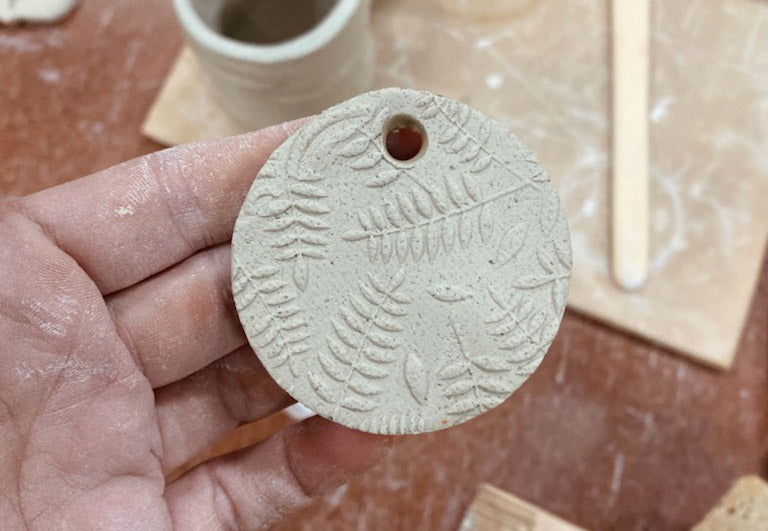
3. Sgraffito
Sgraffito involves carving through a surface layer to reveal a contrasting color underneath. This technique is perfect for creating intricate patterns and designs.
- Pros: High contrast, beautiful detailing; enables layering of colors.
- Cons: Can be challenging to achieve precision and may require specialized tools.
4. Stamping
Stamping involves pressing a patterned object into soft clay, creating designs that can be both simple and complex.
- Pros: Quick and easy to use; promotes repeatability.
- Cons: Limited by available stamp designs; can lack the personal touch of hand-painted methods.
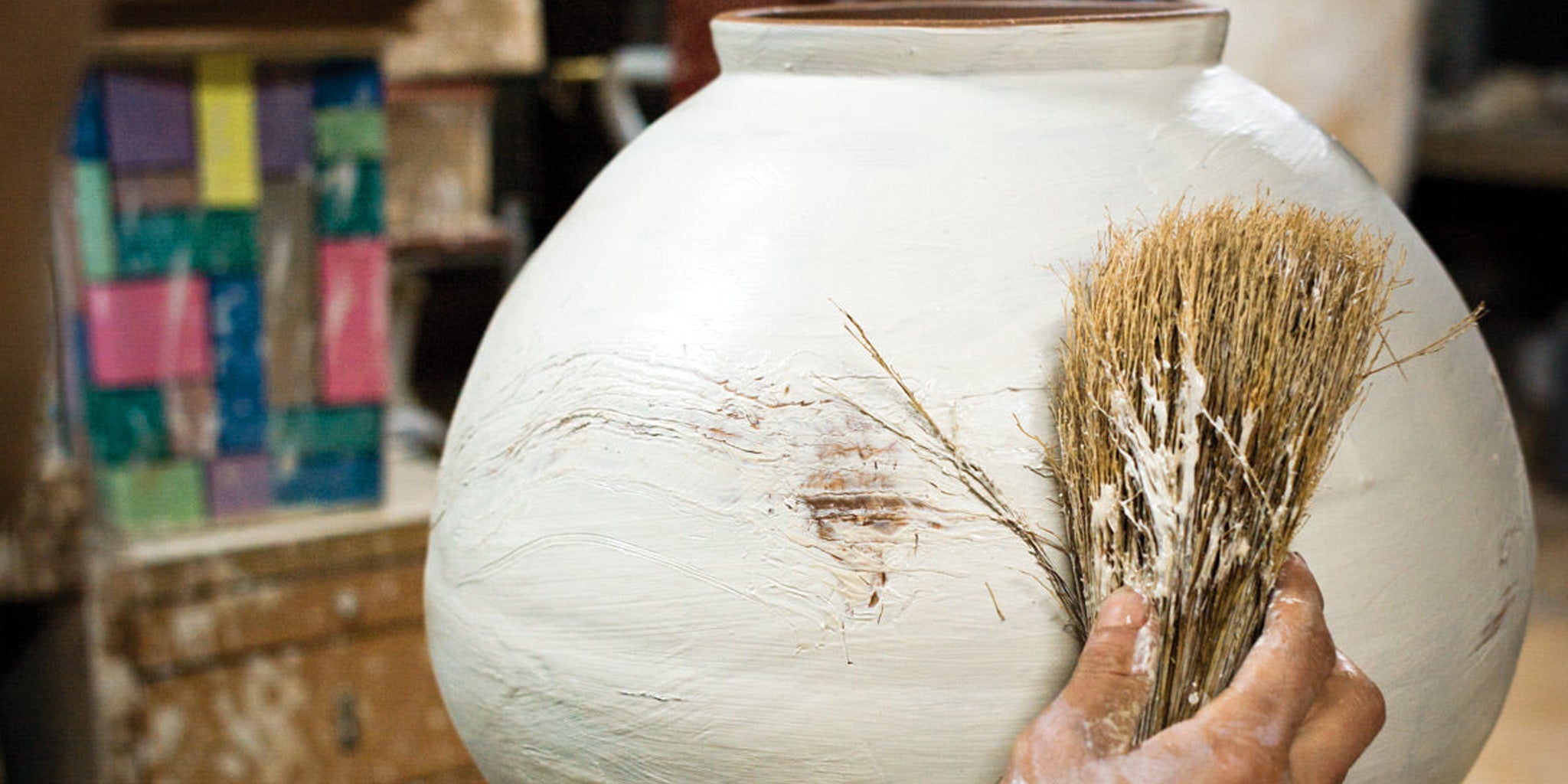
5. Decal Application
Decals are printed designs that can be transferred onto ceramic. This method allows for detailed imagery that would be difficult to replicate by hand.
- Pros: High precision; the ability to reproduce detailed images.
- Cons: Requires knowledge of decal application techniques; can be costly.
6. Glazing Techniques
Glazing not only serves protective functions but is also a decoration technique in itself. Different glazing methods can produce dramatic results.
- Pros: Enhances colors; offers a smooth, waterproof finish.
- Cons: May obscure fine details; requires careful application and firing.
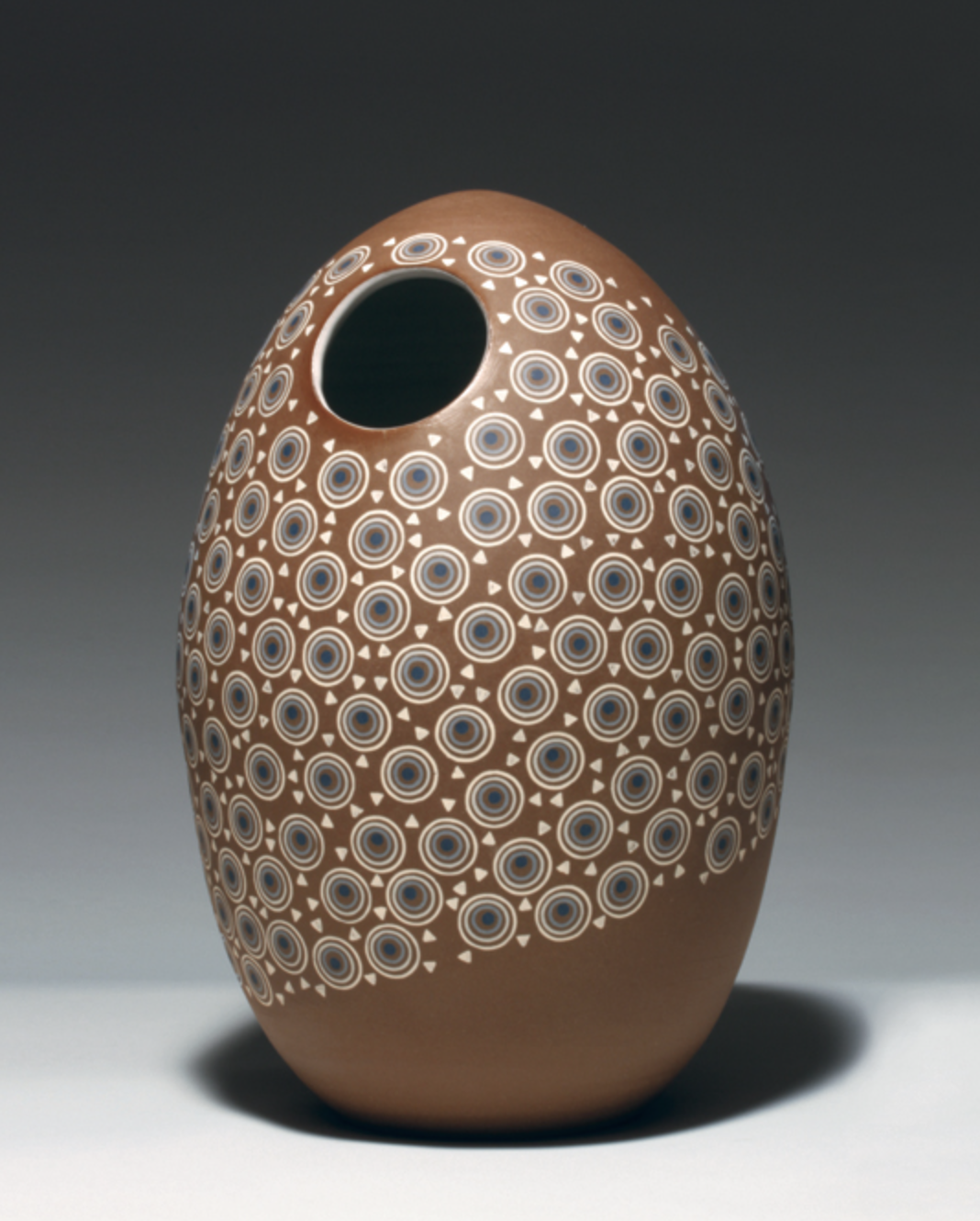
Comparative Overview of Techniques
| Technique | Pros | Cons | Best For |
|---|---|---|---|
| Hand-Painting | Unique, creative | Time-consuming | Personal expression |
| Slip Trailing | Textured, dimensional | Requires practice | Texture enhancement |
| Sgraffito | High contrast, detailed | Precision needed | Intricate designs |
| Stamping | Quick, repeatable | Lacks personal touch | Mass production |
| Decal Application | Precise, detailed | Can be costly | Reproducing images |
| Glazing Techniques | Enhances colors | Can obscure details | Functional decoration |
My Personal Experiences with Surface Decoration Techniques
As I’ve explored these techniques, I’ve learned that each offers distinct benefits that cater to different projects. For instance, hand-painting my ceramic mugs not only allowed for personal expression but also became a calming ritual during my creative process. On the other hand, when I needed to produce multiple pieces for a craft fair, stamping became my best ally.

Tips for Choosing the Right Technique
- Consider the project: Understand the purpose of your ceramic piece. Is it functional or purely decorative?
- Skill Level: Choose a technique that aligns with your current skill set while also pushing you to grow.
- Time Constraints: Assess how much time you can dedicate to the decoration process. Some methods are more time-efficient than others.
Notes on Safety and Best Practices
While exploring ceramic surface decoration techniques, it is crucial to prioritize safety:
- Always work in a well-ventilated area, especially when using chemicals like glazes and decals.
- Wear appropriate personal protective equipment (PPE), such as gloves and masks when handling materials.
- Follow all product safety guidelines for the materials you are using.
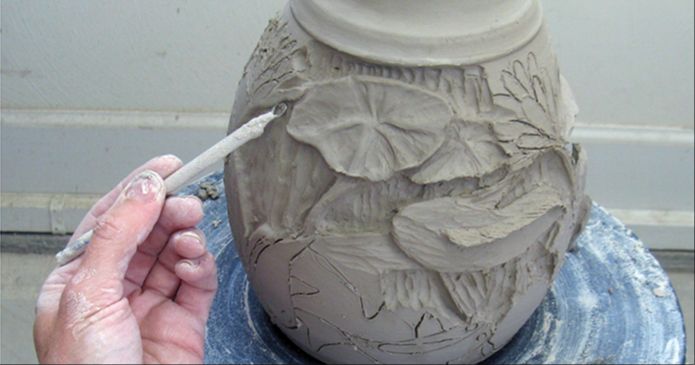
Frequently Asked Questions
What is the best surface decoration technique for beginners?
Hand-painting offers a straightforward approach that allows beginners to explore their creativity. It’s also forgiving and encourages practice.
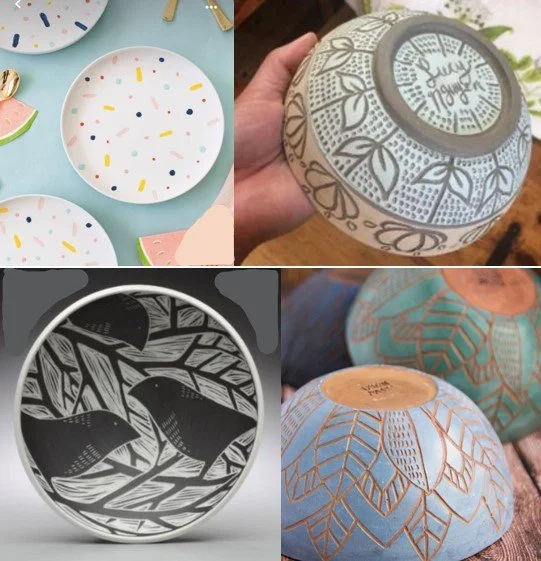
Can I combine different ceramic surface decoration techniques?
Absolutely! Many artists find that combining techniques like sgraffito and glazing create unique effects that enhance their pieces.
Are there any materials I need to start with ceramic surface decoration?
Basic materials include acrylic paints, slips, glazes, and tools for carving or stamping. Investing in high-quality brushes and tools can make a significant difference in the outcome.
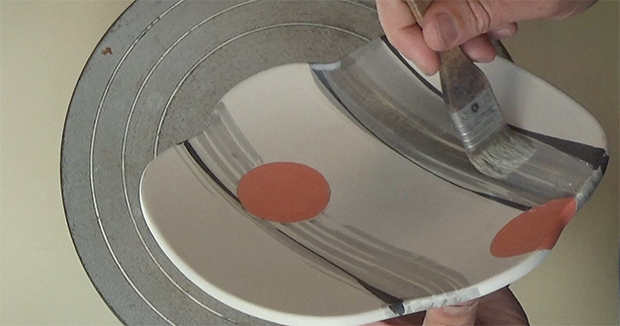
How do I prepare my ceramic piece for decoration?
Ensure the surface is clean and dry. If you’re working with bisque ware, consider lightly sanding the surface for better adhesion of paints or slips.
Conclusion: Embrace Your Creative Journey
Ceramic surface decoration techniques are varied and vibrant, offering limitless opportunities for artistic expression. Each method brings its own charm and challenges, enriching the overall experience of working with clay. As you embark on your ceramic journey, I encourage you to experiment and find the techniques that resonate with you personally. Remember, the most beautiful pieces often emerge from a blend of techniques and creativity, reflecting your individual artistic voice.